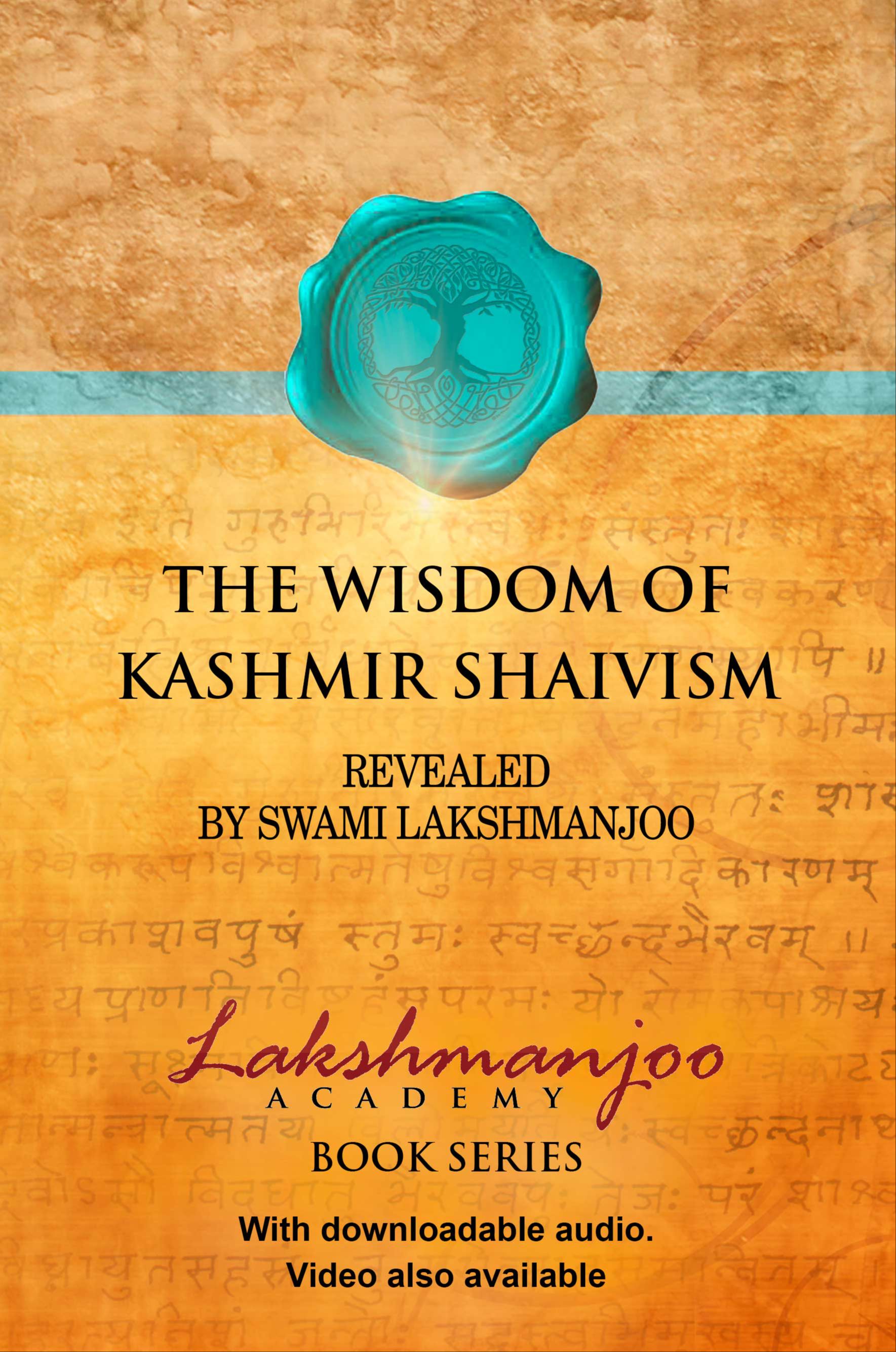
In this excerpt from Abhinavagupta’s Tantraloka, Swami Lakshmanjoo explains what Malas (Impurities) really are in Kashmir Shaivism.

“This mala is very subtle. . . . Mala is neither formless nor with form.
It is just ignorance . . . It doesn’t allow knowledge to function, knowledge is stopped. Mala is absence of knowledge. Mala is not something substantial.
So this absence of knowledge takes place only by ignorance, and that ignorance is mala. Otherwise there is no mala, mala is not existing. In real sense mala does not exist, impurity does not exist.” (Tantrāloka, 9.79-83).
This is the second of three excerpts. This one is concerning the Malas from Abhinavagupta’s Tantraloka Chapter 9 (TĀ 9 verse 142). All Content is subject to Copyright © John Hughes.
You can read more about malas in other texts of Kashmir Shaivism here…
It is decided that there are three impurities, āṇavamala, māyīyamala and kārmamala. Āṇavamala is an impurity pertaining to a gap in the self. Your self seems [needs] to be filled and there is that desire in the background, that is āṇavamala. Māyīyamala is . . .
JOHN: Your self seems to be filled or empty?
SWAMIJI: No, the self seems to be filled, you want to fill it.
JOHN: Oh, you want to fill it. It seems to be somewhat empty then?
SWAMIJI: Yes, that is āṇavamala.
Māyīyamala is pertaining to . . . this is relative impurity. Relative impurity is that impurity when you find that, “this is mine . . . this is not mine . . . that person I love . . . that person I hate,” and so on. This impurity is called māyīyamala.
And kārmamala is impurity pertaining to one’s person. That is, “I am fine . . . I am beautiful . . . I am charming . . . I am hale and hearty . . . I am weak . . . I am diseased . . . I am happy . . . I am sad.” This impurity is pertaining to kārmamala.
JOHN: So kārmamala gives the thinking that, “you are your body.”
SWAMIJI: Yes.
JOHN: Identification of the self with your own body, the organic body.
SWAMIJI: When you apply lipsticks and creams and etc., that is called kārmamala that is not māyīyamala. Māyīyamala is, “this kiddy it is mine, that is not mine . . . I love this baby, I don’t love that baby”, and so on. “He is my husband, he is my enemy”, this is māyīyamala.
JOHN: So māyīyamala is seeing things separate from your self.
SWAMIJI: Yes.
JOHN: This is separate, this is not my own self.
SWAMIJI: No.
JOHN: Everything is separate from me.
SWAMIJI: Yes.
JOHN: So then māyīyamala is saying, “this is not myself.”
SWAMIJI: “This is not my self; but this is mine.”
JOHN: Mine . . .
SWAMIJI: “This is mine, this is not mine.”
JOHN: And kārmamala is saying, “that this is myself, this body is myself.”
SWAMIJI: No, not this body is myself.
“I am fine . . . I am sad . . . I am happy . . . I am not happy . . . I am beautiful . . . I am not beautiful . . . and I should apply some cream on my body.” Just attachment for body is kārmamala.
And that kārmamala carries you down to pralayākala1 in the end. And when, for instance, you are practicing yoga and kārmamala is there in the background, that yoga won’t be complete. If you are aware of your kārmamala and you do your sādhanā (practice); and then when you leave your body [at the time of death] you get entry in that pralayākala for sometime, but after that span of remaining in pralayākala is over then you get entry in vijñānākala2.
JOHN: You do?
SWAMIJI: Yes then, if you are fully aware to get rid of kārmamala.
If you are not fully aware of getting rid of kārmamala then you will go to only pralayākala. And then after some span of time you will get again rebirth and death in this field of mortal world.
JOHN: Are kārmamala and māyīyamala on the same level?
SWAMIJI: Yes, they are in the same level. But māyīyamala is pertaining to relative, māyīyamala is relative, and kārmamala is personal.
JOHN: So they are not in a subtle or gross [form], like āṇavamala is more subtle.
SWAMIJI: Āṇavamala is more subtle, yes.
JOHN: But māyīyamala is it . . . ?
SWAMIJI: Same as kārmamala. Only it [māyīyamala] is relative, and that [kārmamala] is personal.
1 Pralayākala is the state of negation, where the whole world is negated.
2 Vijñānākala is experienced by those who are on the path of yoga. Here the yogi experiences awareness at times but this awareness is not active awareness, and at other times his awareness is active but he is not aware of that active awareness. Sometimes [this yogi] is full of action (svātantrya) without awareness, and sometimes he is full of awareness without action.
Read more about malas in Parātrīśikā Vivarana and Kashmir Shaivism - Secret Supreme.
from the Audio Archives of the Lakshmanjoo Academy.






